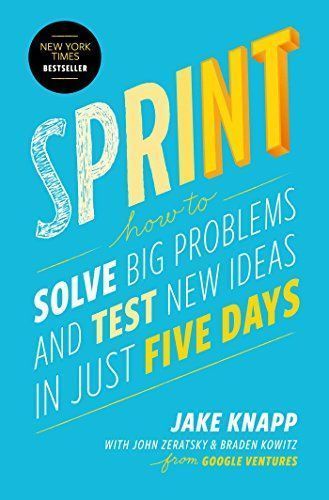
Reviews
Danielle Rose@dancaban
Lewis Ngugi@ngeshlew
Sarah Schumacher@smschumacher
Phu Le Ngo@phulengo
Nick Gracilla@ngracilla
Arturo Hernández@artthh
Sierra Nguyen@sierra-reads
Dave Perkins@tallyhoooooo
John Elbing@palebluedot
ouleo@leon
Pranav Mutatkar@pranavmutatkar
Kato@kato
Daryl Houston@dllh
Doug Belshaw@dajbelshaw
Anyaconda@kaffeeklatschandbooks
Adam@adam
J K@lemonjello
James Thorburn@colabeard
Haley Lopez@haleylopez
KZAaaam@kzaaaam
David Bielenberg@bielenberg
Benjamin Lorenz@bennyurban
Melike Oran@melikeoran
Sanja Grbic@dream_stellar
Highlights
F@florentin
F@florentin
F@florentin